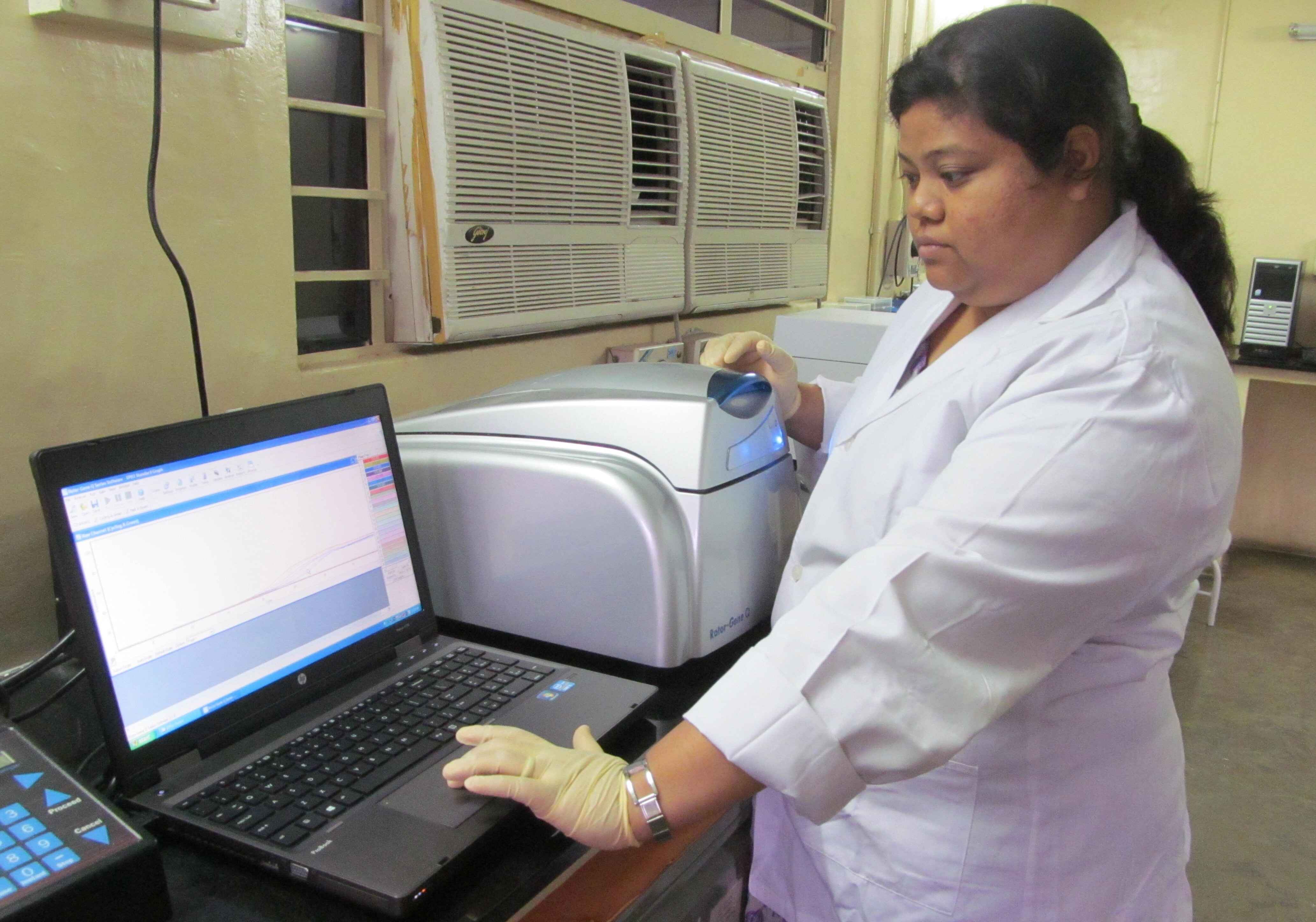
Full project title:
To identify leprosy associated Mycobacterium leprae transcriptomic and human host immune signatures that aid as early signals for determination of type I and type II reactions in leprosy
Project coordination
The Schieffelin Institute of Health-Research and Leprosy Centre (India)
Partners
Leiden University Medical Centre (the Netherlands)
Aim: This study used molecular biology techniques to develop a laboratory test for early diagnosis of type I and type II reactions in leprosy.
Final project summary Reactions are major cause of nerve damage and ensuing disability in leprosy. Mycobacterium leprae invades the macrophages incirculation and Schwann cells of the peripheral nerve cells eliciting immune responses that often exacerbate as hypersensitivity reactions. Predicting the onset of these reactional episodes may aid in early treatment interventions with anti-inflammatory drugs and prevention of consequent nerve damage. This study focused on identifying gene expression and serological markers that demonstrate an association with type I and type II reactions in leprosy.
Reactions are major cause of nerve damage and ensuing disability in leprosy. Mycobacterium leprae invades the macrophages incirculation and Schwann cells of the peripheral nerve cells eliciting immune responses that often exacerbate as hypersensitivity reactions. Predicting the onset of these reactional episodes may aid in early treatment interventions with anti-inflammatory drugs and prevention of consequent nerve damage. This study focused on identifying gene expression and serological markers that demonstrate an association with type I and type II reactions in leprosy.
Blood and skin biopsy samples were taken from the leprosy patients and genetic material was extracted. Laboratory assays were performed with this material to check the genes that show differences in function between the leprosy cases in reactions and those not in reactions. These genes are chosen and the proteins they encode are used in the development of laboratory test.
In the cross section arm of the study, the researchers conducted in-depth qualitative analysis of the genome of M. leprae and recognised differences in the expression of various genes between type I, type II and cases without any reactions. State-of-the-art whole transcriptome microarraysfrom Agilent Inc. were developed for M. leprae for the first time to study gene expressions across the transcriptome. These arrays are now commercially available for research use.
Additionally, the study explored the variations in human immune gene expressions between the study groups. Along with the gene expressionmarkers, researchers also studied variations in circulatory levels of immune molecules such as cytokines, chemokines and growth factors in the serum extracted from peripheral venous blood and T cell culture supernatant samples. Statistically significant variations in M. leprae specific and human immune gene expressions, and circulatory levels of cytokines were noted.
In the longitudinal arm, circulatory levels of cytokines and antibodies against M. leprae cell wall antigen (PGL-1) were estimated using upconverting phosphor lateral flow assay strips in leprosy cases before, during and after reactions.
Based on the inferences from both the cross sectional and longitudinal arms of the study, the researchers recommend a gene set signature involving genes ML2388 (encodes a possible membrane protein in M. leprae), ML2664 (encodes a secretory protein involved in peptidoglycanbiosynthesis in M. leprae) and CXCL10 (encodes interferon gamma inducible protein-10 in humans) for gene expression and serum levels of CXCL10 and anti-PGL-1 IgM antibodies as serological markers for reactional states in leprosy.
Impact
Das M, David D, Horo I, Van Hooij A, Tió-Coma M, Geluk A and Vedithi SC (2023) Mycobacterium leprae and host immune transcriptomic signatures for reactional states in leprosy. Front. Microbiol. 14:1113318
